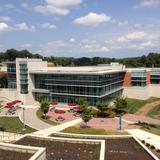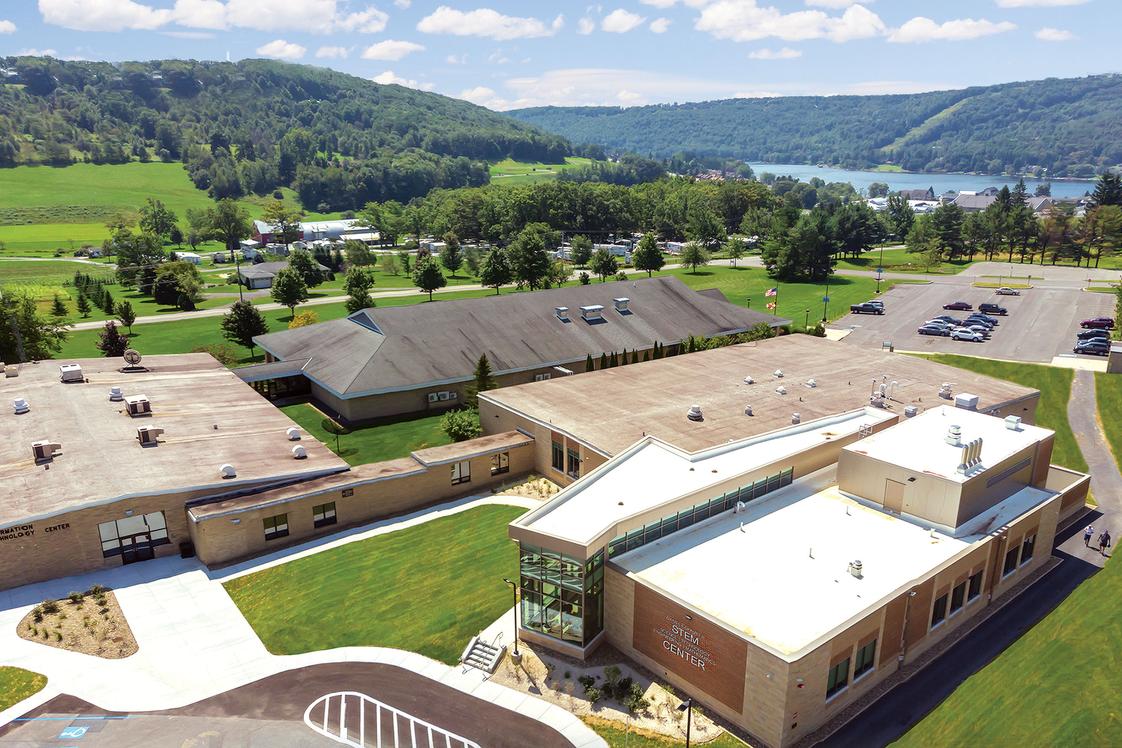The community colleges in Maryland are comprised of approximately 72% financial aid (2025).
The community colleges financial aid in Maryland are listed below (where sufficient data available).
Financial Aid Range: 42%
99%
Avg. Financial Aid: 73%
Community College Financial Aid Statistics in Maryland (2025)
College
Financial Aid
Location
Rank: #11.
Financial Aid: 99.00%
12401 Willowbrook Rd SE
Cumberland, MD 21502
(301) 784-5000
Cumberland, MD 21502
(301) 784-5000
Rank: #22.
Fortis College-Landover
Private for-profit
Financial Aid: 95.00%
4351 Garden City Drive
Landover, MD 20785
(301) 459-3650
Landover, MD 20785
(301) 459-3650
Rank: #33.
Lincoln College of Technology-Columbia
Private for-profit
Financial Aid: 93.00%
9325 Snowden River Pky
Columbia, MD 21046
(410) 290-7100
Columbia, MD 21046
(410) 290-7100
Rank: #55.
Financial Aid: 86.00%
7201 Rossville Boulevard
Baltimore, MD 21237
(443) 840-2222
Baltimore, MD 21237
(443) 840-2222
Rank: #66.
Financial Aid: 78.00%
301 Largo Rd
Largo, MD 20774
(301) 546-7422
Largo, MD 20774
(301) 546-7422
Rank: #77.
Financial Aid: 75.00%
11400 Robinwood Dr
Hagerstown, MD 21742
(240) 500-2530
Hagerstown, MD 21742
(240) 500-2530
Rank: #88.
Cecil College![Cecil College Photo - The PE Complex Cecil College Photo - The PE Complex]()

Public
Financial Aid: 74.00%
One Seahawk Drive
North East, MD 21901
(410) 287-1000
North East, MD 21901
(410) 287-1000
Rank: #99.
Financial Aid: 73.00%
401 Thomas Run Rd
Bel Air, MD 21015
(443) 412-2000
Bel Air, MD 21015
(443) 412-2000
Rank: #1010.
Chesapeake College
Public
Financial Aid: 72.00%
1000 College Circle
Wye Mills, MD 21679
(410) 822-5400
Wye Mills, MD 21679
(410) 822-5400
Rank: #1111.
Financial Aid: 70.00%
32000 Campus Drive
Salisbury, MD 21804
(410) 334-2800
Salisbury, MD 21804
(410) 334-2800
Rank: #1212.
Financial Aid: 65.00%
2901 Liberty Heights Avenue
Baltimore, MD 21215
(410) 462-8300
Baltimore, MD 21215
(410) 462-8300
Rank: #1313.
Financial Aid: 64.00%
1601 Washington Rd
Westminster, MD 21157
(410) 386-8000
Westminster, MD 21157
(410) 386-8000
Rank: #1414.
Montgomery College
Public
Financial Aid: 59.00%
51 Mannakee Street
Rockville, MD 20850
(240) 567-5000
Rockville, MD 20850
(240) 567-5000
Rank: #1515.
Howard Community College
Public
Financial Aid: 58.00%
10901 Little Patuxent Pkwy
Columbia, MD 21044
(443) 518-1000
Columbia, MD 21044
(443) 518-1000
Rank: #1616.
Financial Aid: 57.00%
8730 Mitchell Rd
La Plata, MD 20646
(301) 934-2251
La Plata, MD 20646
(301) 934-2251
Rank: #1717.
Financial Aid: 56.00%
7932 Opossumtown Pike
Frederick, MD 21702
(301) 846-2400
Frederick, MD 21702
(301) 846-2400
Rank: #1818.
Financial Aid: 42.00%
101 College Pky
Arnold, MD 21012
(410) 777-2222
Arnold, MD 21012
(410) 777-2222
Frequently Asked Questions
What is the Maryland average for percent of students receiving financial aid in community college?
The Maryland average for percent of students receiving financial aid in community college is 72% for 2025.
What are schools with the highest average community college financial aid in Maryland?
The schools with the highest average community college financial aid in Maryland include Allegany College of Maryland, Fortis College-Landover and Lincoln College of Technology-Columbia.
Recent Articles

How To Craft the Perfect College Admissions Essay
Read on to learn the ins and outs of crafting the perfect college application essay.

Obtaining Your Bachelor's Degree at a Community College
Explore the evolving landscape of community colleges offering bachelor's degrees, addressing affordability, accessibility, and workforce needs.

A to Z of Community College Certificates and Courses
From business and healthcare to technology and skilled trades, the article showcases the breadth of options available to students seeking to enhance their knowledge, develop new skills, or pursue career advancement.











